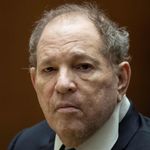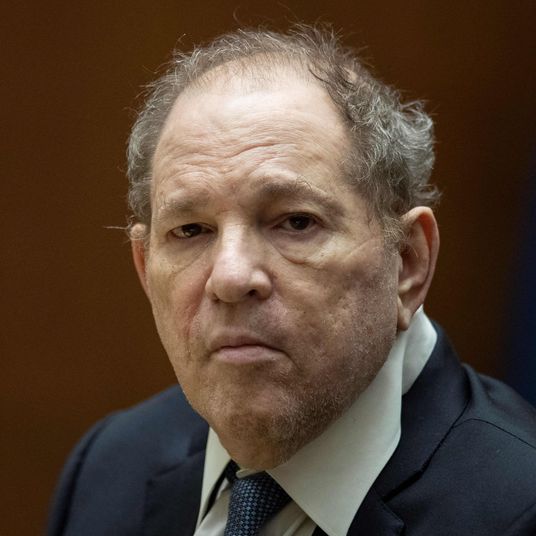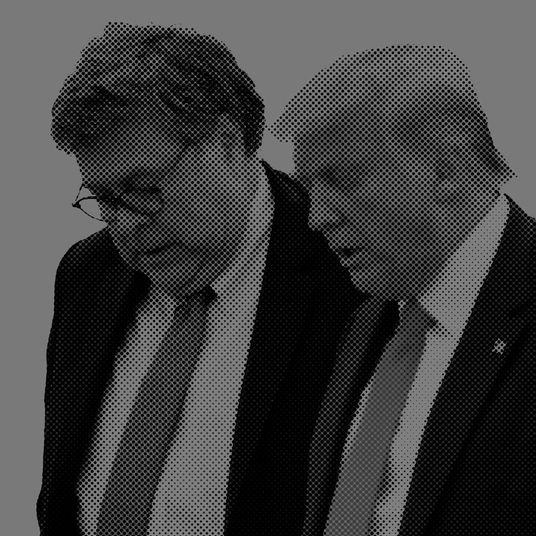
Beyond the bland assertions from William Barr (in his March 24 “summary of principal findings” letter and his press conference today) that Robert Mueller found no actionable incidents where the president committed a criminal obstruction of justice are the actual incidents the report details and Mueller’s own findings of fact about what Trump did. In themselves, these findings raise some troubling questions that cannot simply be swept under the rug, much less answered with sweeping assertions of a fictional “exoneration.” Mueller examined 11 incidents, which I have labeled descriptively; quotes from Mueller’s summary of the facts follow each heading.
1. Trump campaign denies Russian connections.
“After WikiLeaks released politically damaging Democratic Party emails that were reported to have been hacked by Russia, Trump publicly expressed skepticism that Russia was responsible for the hacks … Trump also denied having any business in or connections to Russia, even though as late as June 2016 the Trump Organization had been pursuing a licensing deal for a skyscraper to be built in Russia called Trump Tower Moscow. After the election, the President expressed concerns to advisors that reports of Russia’s election interference might lead the public to question the legitimacy of his election.”
2. Trump asks Comey for “loyalty,” and then to go easy on Michael Flynn.
“On January 27, the day after the President was told that Flynn had lied to the Vice President and had made similar statements to the FBI, the President invited FBI Director Comey to a private dinner at the White House and told Comey that he needed loyalty. On February 14, the day after the President requested Flynn’s resignation, the President told an outside advisor, ‘Now that we fired Flynn, the Russia thing is over’ …
“Later that afternoon, the President cleared the Oval Office to have a one-on-one meeting with Comey. Referring to the FBI’s investigation of Flynn, the President said, ‘I hope you can see your way clear to letting this go, to letting Flynn go. He is a good guy. I hope you can let this go.’”
3. Trump rages against Sessions’s recusal, and puts even more pressure on Comey.
“In early March, the President told White House Counsel Donald McGahn to stop Sessions from recusing. And after Sessions announced his recusal on March 2, the President expressed anger at the decision and told advisors that he should have an Attorney General who would protect him. That weekend, the President took Sessions aside at an event and urged him to ‘unrecuse’ …
“[T]he President reached out to the Director of National Intelligence and the leaders of the Central Intelligence Agency (CIA) and the National Security Agency (NSA) to ask them what they could do to publicly dispel the suggestion that the President had any connection to the Russian election-interference effort.
“The President also twice called Comey directly, notwithstanding guidance from McGahn to avoid direct contacts with the Department of Justice.”
4. Trump fires Comey.
“The day of the firing, the White House maintained that Comey’s termination resulted from independent recommendations from the Attorney General and Deputy Attorney General that Comey should be discharged for mishandling the Hillary Clinton email investigation. But the President had decided to fire Comey before hearing from the Department of Justice. The day after firing Comey, the President told Russian officials that he had ‘faced great pressure because of Russia,’ which had been ‘taken off’ by Comey’s firing. The next day, the President acknowledged in a television interview that he was going to fire Comey regardless of the Department of Justice’s recommendation and that when he ‘decided to just do it,’ he was thinking that ‘this thing with Trump and Russia is a made-up story.’”
5. Trump freaks out over Mueller’s appointment and tries to quash it.
“The President reacted to news that a Special Counsel had been appointed by telling advisors that it was ‘the end of his presidency’ and demanding that Sessions resign. Sessions submitted his resignation, but the President ultimately did not accept it. The President told aides that the Special Counsel had conflicts of interest and suggested that the Special Counsel therefore could not serve.
“On June 14, 2017, the media reported that the Special Counsel’s Office was investigating whether the President had obstructed justice … The President reacted to this news with a series of tweets criticizing the Department of Justice and the Special Counsel’s investigation. On June 17, 2017, the President called McGahn at home and directed him to call the Acting Attorney General and say that the Special Counsel had conflicts of interest and must be removed. McGahn did not carry out the direction, however, deciding that he would resign rather than trigger what he regarded as a potential Saturday Night Massacre.”
6. Trump tries to stop Mueller’s investigation.
“On June 19, 2017, the President met one-on-one in the Oval Office with his former campaign manager Corey Lewandowski, a trusted advisor outside the government, and dictated a message for Lewandowski to deliver to Sessions. The message said that Sessions should publicly announce that, notwithstanding his recusal from the Russia investigation, the investigation was “very unfair” to the President, the President had done nothing wrong, and Sessions planned to meet with the Special Counsel and ‘let [him] move forward with investigating election meddling for future elections.’
“One month later, in another private meeting with Lewandowski on July 19, 2017, the President asked about the status of his message for Sessions to limit the Special Counsel investigation to future election interference. Lewandowski told the President that the message would be delivered soon … Lewandowski did not want to deliver the President’s message personally, so he asked senior White House official Rick Dearborn to deliver it to Sessions. Dearborn was uncomfortable with the task and did not follow through.”
7. Trump suppresses information on Trump Tower meeting with a Russian agent.
“On several occasions, the President directed aides not to publicly disclose the emails setting up the June 9 meeting, suggesting that the emails would not leak and that the number of lawyers with access to them should be limited. Before the emails became public, the President edited a press statement for Trump Jr. by deleting a line that acknowledged that the meeting was with ‘an individual who [Trump Jr.] was told might have information helpful to the campaign’ and instead said only that the meeting was about adoptions of Russian children. When the press asked questions about the President’s involvement in Trump Jr.’s statement, the President’s personal lawyer repeatedly denied the President had played any role.”
8. Trump again pressures Sessions to un-recuse and get control of Mueller.
“In early summer 2017, the President called Sessions at home and again asked him to reverse his recusal from the Russia investigation. Sessions did not reverse his recusal. In October 2017, the President met privately with Sessions in the Oval Office and asked him to ‘take [a] look’ at investigating Clinton. In December 2017, shortly after Flynn pleaded guilty pursuant to a cooperation agreement, the President met with Sessions in the Oval Office and suggested, according to notes taken by a senior advisor, that if Sessions unrecused and took back supervision of the Russia investigation, he would be a ‘hero.’”
9. Trump orders Don McGahn to lie about earlier efforts to fire Mueller.
” In early 2018, the press reported that the President had directed McGahn to have the Special Counsel removed in June 2017 and that McGahn had threatened to resign rather than carry out the order. The President reacted to the news stories by directing White House officials to tell McGahn to dispute the story and create a record stating he had not been ordered to have the Special Counsel removed.”
10. Trump tries to flatter and perhaps bribe Flynn and Manafort.
“After Flynn withdrew from a joint defense agreement with the President and began cooperating with the government, the President’s personal counsel left a message for Flynn’s attorneys reminding them of the President’s warm feelings towards Flynn, which he said ‘still remains,’ and asking for a ‘heads up’ if Flynn knew ‘information that implicates the President’ … During Manafort’s prosecution and when the jury in his criminal trial was deliberating, the President praised Manafort in public, said that Manafort was being treated unfairly, and declined to rule out a pardon. After Manafort was convicted, the President called Manafort ‘a brave man’ for refusing to ‘break’ and said that ‘flipping almost ought to be outlawed.’”
11. Trump tries to intimidate Michael Cohen.
“The President’s conduct towards Michael Cohen, a former Trump Organization executive, changed from praise for Cohen when he falsely minimized the President’s involvement in the Trump Tower Moscow project, to castigation of Cohen when he became a cooperating witness …
“[A]fter Cohen began cooperating with the government in the summer of 2018, the President publicly criticized him, called him a ‘rat,’ and suggested that his family members had committed crimes.”
Mueller’s indecision involving the criminal liability properly attached to these incidents is another matter — which of course Barr and Trump and the GOP are frantically spinning as exoneration. But ask yourself if any of these bizarre moments in the Trump campaign and presidency show a man with clean hands and a clear conscience. That should matter to the American people in 2020.






























